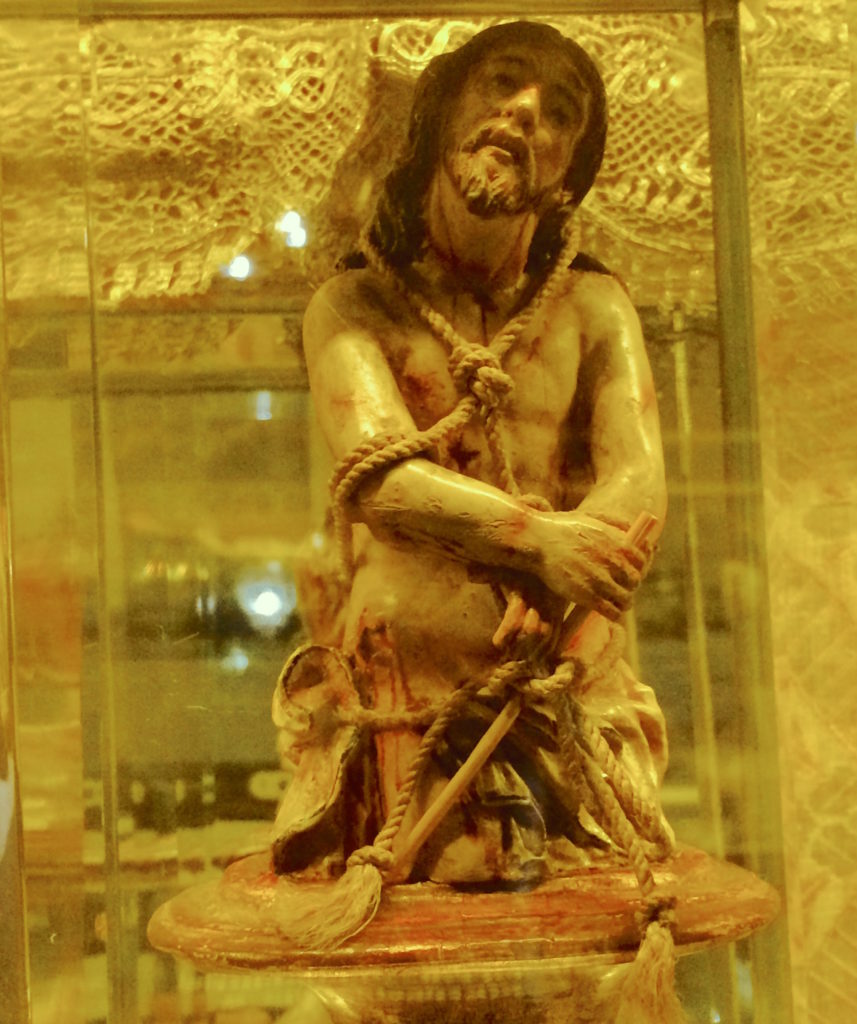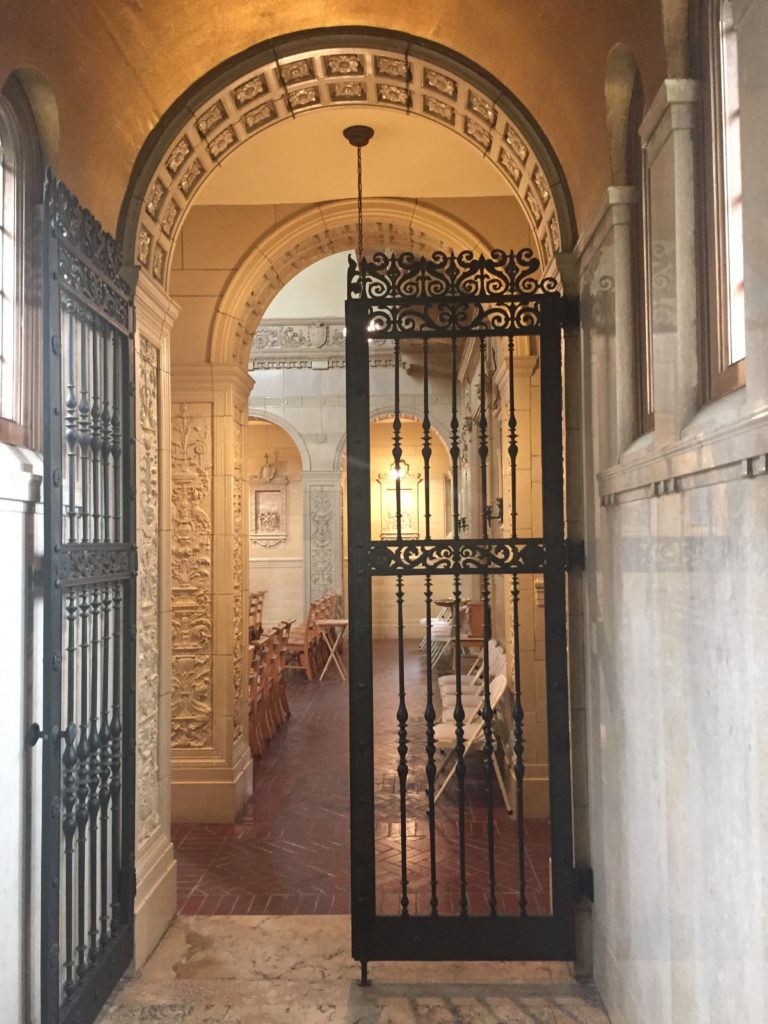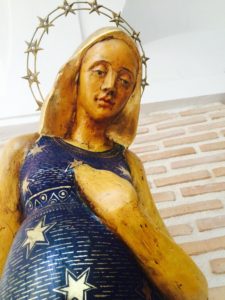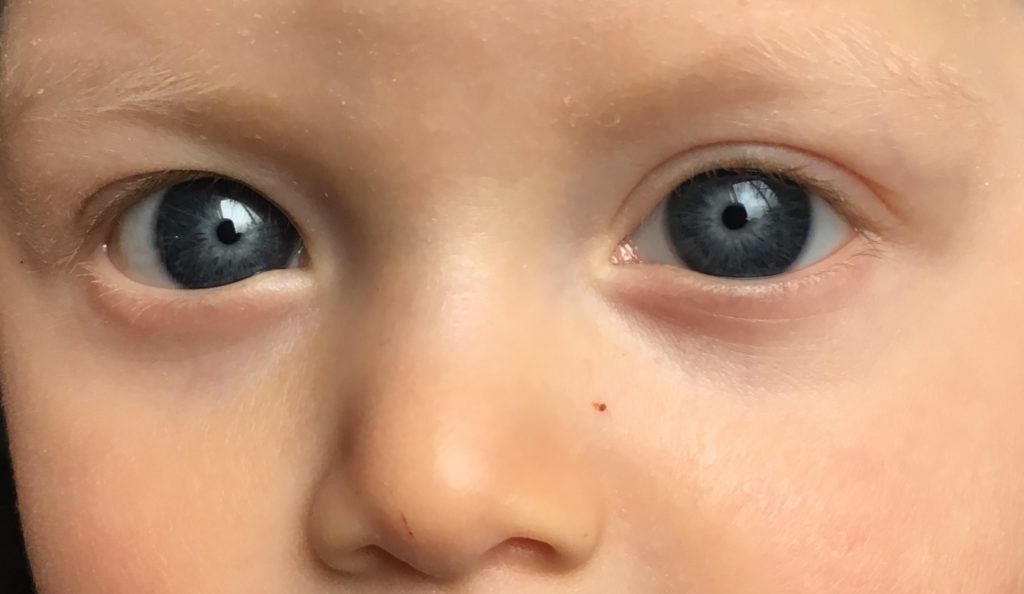Do you support Trump? Is the Pope orthodox enough? Which child is most vulnerable and therefore needs to be defended the most – the one in the womb, the boy left to drown in the Greek Sea, or the girl forced into prostitution? Unwittingly, these questions have divided Catholics.
Driving home from this year’s Walk for Life, I realized that because of our divisions, Catholics have given up an opportune time to reclaim the rhetoric of “Pro-Life.” As a result, the social justice teachings of the Catholic Church were re-appropriated by The Women’s March, a movement that clearly has anti-Catholic positions, but one that has captured the hearts and minds of many young people in this nation, including my daughter.
In San Francisco, the Pro-Life March and the Women’s March happened on the same day, back to back, forcing my daughter, who is a senior and a social justice leader at her Catholic school, to choose between the two marches, lest she not have time to finish her homework. This is no surprise since our family has always been attuned to these issues, having spent formative years in West Philadelphia during the height of the crack epidemic. In addition, among the goals and criteria of my daughter’s school is that students “understand the complex social problems of their day and respond to human suffering.”
But having the two marches back to back caused a bit of disruption in our otherwise united household. My husband and I wanted to attend Walk for Life, but my daughter wanted to attend the Women’s March with students, nuns, and teachers from her school. It didn’t matter to her that one of the primary sponsors of the march was Planned Parenthood and that Pro-Life sponsors had been removed from the Women’s March; she wasn’t attending the march to support abortion, she reasoned, but she was attending because she saw this as a moment in history to stand with others against injustice and outright exclusion of the most vulnerable. With that reasoning behind her, I couldn’t say no.
On Saturday morning, while my husband and I were cooking a meal for a handful of Walk for Life participants, our daughter was gathering her belongings for the Women’s March: a pink cotton, brimmed hat, a shirt that said “I love nuns,” and her rain boots.
I have been attending Walk for Life since it’s inception several years ago; abortion-rights protesters would reel at us with anger in their faces, metal hangers clutched in their hands and screaming at the top of their lungs. Over the years those types of protests have calmed down, but this year, the day after Donald Trump’s Presidential inauguration, and the same day as the Women’s March, the abortion-rights protesters seemed to be back in full force. There were other signs of a changing world. In one major intersection, a policeman was standing while holding the most powerful automatic weapon I have ever seen. Fifty yards away from him, a dump truck had been parked on the middle of the street to prevent any terrorist from driving through the crowds.
As I walked alongside a group of Carmelite Fathers and postulants from Mount Saint Josephs Monastery, I heard several taunts from the abortion-rights activists who lined the streets. Their rage seemed to rise as the Fathers, wearing their brown habits and white capes approached each group.
“Stop judging!”
“Catholics are bigots!”
“If you’re pro-life, you should be anti-war!”
“Open your eyes, Catholics!”
“My body, my choice!”
As someone who has walked with and lived with the urban poor and the most vulnerable populations; as a mother who was once told that one of my choices was to abort my son because of his misdiagnosed brain tumor; as a woman of prayer who constantly carries the pain of the homeless and those trapped by war and poverty in my heart, I inwardly bristled at these taunts.
Later that same afternoon, my daughter would be at the Women’s March leading a crowd of young people to chants:
“No hate, no fear, immigrants are welcome here!”
“Show me what democracy looks like – this is what democracy looks like!”
Walk for Life ended calmly at the end of Market and Embarcadero, and the crush of Women’s March supporters began to appear. They filled the BART train from Oakland to the Civic Center Plaza, wall to wall, wearing their pink ‘kitty’ hats and signs with hearts that read, “Unity and Love.”
Without any obvious sign that I had just participated in Walk for Life, the women smiled at me and at one another. Holding their oversized placards, they fell on top of each other and laughed it off each time the train suddenly stopped. Strangely, it felt like World Youth Day, when I was in Madrid with seventy young women from throughout California.
The reality that the number of Women’s March supporters far outnumbered the Walk for Life supporters became obvious when I got off at our BART stop on the Peninsula. Serpentine lines of people heading into San Francisco curled behind the ticket dispensers throughout the station. I could barely get to the stairs that led to my car.
Exactly what did the Women’s March stand for? According to its Unity Principles , the purpose of the march was to stand in unity for:
1) Ending violence
2) Workers Rights
3) Civil Rights
4) Disability Rights
5) Immigrant Rights
6) Environmental Justice
7) Reproductive Rights
8) LGBTQIA Rights
The Church has always stood for human dignity, as opposed to rights. Replace the word, rights above with dignity (of) and you have the core of Catholic Social Justice teachings. However, because Catholics were largely silent on the dignity of all of human life, another movement was able to take the social justice teachings of the Catholic Church, and twist that language to support an agenda that supports the rights of a few, rather than the human dignity of all.
In his Apostolic Exhortation, Evangelii Gaudium, Pope Francis writes, “it is essential to draw near to new forms of poverty and vulnerability.” The Women’s March captivated the hearts and minds of millions of people precisely because it drew near to “new forms of poverty and vulnerability.” In fact, in the United States, 1 out of every 100 people participated in one of the Women’s Marches.
The Pope continues in Evangelii Gaudium, that in these “new forms of vulnerability”… “we are called to recognize the suffering Christ, even if this appears to bring us no tangible and immediate benefits. I think of the homeless, the addicted, refugees, indigenous peoples, the elderly who are increasingly isolated and abandoned, and many others. Migrants present a particular challenge for me, since I am the pastor of a Church without frontiers, a Church which considers herself mother to all.”
“Stop judging!…Catholics are bigots!”– In union and solidarity, “it is essential,” in the words of Pope Francis, that Catholics embrace the dignity of all life, “without frontiers.” Otherwise, the Church of Mercy will continue to be accused of being the Church of Judgment and Bigotry. We might even find ourselves one day waking up from our daze wondering why so many have left the Church to defend causes that, ironically, it has stood for since Jesus called Peter, the Rock.
Copyright Teresa Linda 2017. All Rights Reserved
‘Arm yourselves with the armor of faith and the sword of truth. Pray for the grace to forgive and to ask for forgiveness – and for the healing of wounded bodies and souls.’






